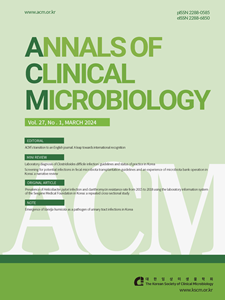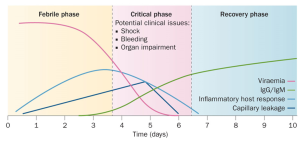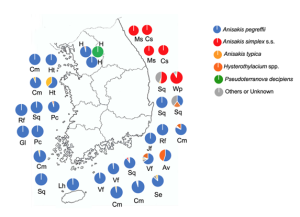Code Test
Original article Intestinal helminth infections among health examinees: 10-year (2011–2020) nationwide observations in Korea PDF Hyejoo Shin1, Sooji Hong1, Yoon-Hee Lee1, Young-Sung Kim1, Yoon-Joong Joo2, Eun-Hee Lee2, In-One Kim2, Jong-Yil Chai3, Bong-Kwang Jung1 1MediCheck Research Institute, Korea Association of Health Promotion, Seoul,2Korea Association of Health Promotion, Seoul,3Department of Tropical Medicine and Parasitology, Seoul National University College of Medicine, Seoul, Korea Corresponding to Bong-Kwang Jung, E-mail: mulddang@snu.ac.kr Ann Clin Microbiol 2024;27(2):41-48. https://doi.org/10.5145/ACM.2024.27.2.2Received on 3 April 2024, Revised on 8 May 2024, Accepted on 9 May 2024, Published online 20 June 2024.Copyright © Korean Society of Clinical Microbiology. Abstract Background: A nationwide anti-parasite control program (1969–1995) successfully reduced soil-transmitted helminth infections; however, fish-borne trematode infections persisted in some areas. Since the 2012 National Parasite Infection Survey, information on the current status of intestinal helminth infections has not been updated. Analysis of the current trends in intestinal helminth infections is necessary to prevent and




